Staff members displaying appropriate phone etiquette create positive impressions of your practice.
The behavior of your medical office staff on inbound and outbound calls can have a positive or negative impact on your business. Whether a receptionist is scheduling an appointment or a nurse is answering a question, excellent phone etiquette and customer service is required to prevent patient attrition and spread of negative word-of-mouth advertising. Ask your staff to follow these seven rules of etiquette when dealing with patients, vendors, colleagues and others on the phone.
Step 1: Answer inbound calls as quickly as possible -- before the third ring -- to prevent a caller from thinking the office is understaffed. Too many rings is an unnecessary irritation in waiting patients and can create a negative office atmosphere. Impress upon your staff that everyone in the office should assist with this issue.
Step 2: Greet callers in a friendly, professional manner with the office and staff member name: “Good afternoon, Thousands of Smiles Dental office, this is Jacob. How may I be of assistance?” Smile during every call, as smiling can naturally improve the voice to make it seem more energetic and friendly.
Step 3: Speak in a low tone using moderate volume and speed to convey words in a clear, understandable way. Raise tone or volume to emphasize a point or clarify as the situation dictates. For example, a staff member might raise the volume of his voice for an elderly patient who asks him to speak up.
Step 4: Ask a caller’s permission to place her on hold if necessary. For example, after the greeting and determining the caller’s name, a staff member might say, “Mrs. Anderson, I'm assisting a patient on the other line. May I please place you on a brief hold? (waits for answer) Thank you. Please hold.”
Step 5: Use nontechnical language instead of jargon or medical abbreviations, as a caller or call receiver might not understand medical terminology. If use of a medical term, phrase or abbreviation is necessary, ask staff members to offer a definition in context to clarify meaning.
Step 6: Listen to the caller or call receiver attentively to determine the best way to assist and to show interest and concern. Advise staff members to take notes while listening, wait for the caller to finish speaking and repeat key points or ask questions to clarify the caller or receiver’s statements.
Step 7" Close the call in a friendly, professional way instead of simply hanging up. For example, “Thank you. I will make certain the doctor gets your message. Goodbye.” or "Mr. Smith, Is there anything else I can help you with? (waits for answer) You’re welcome. Thank you for calling and have a nice day."

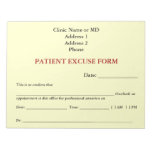
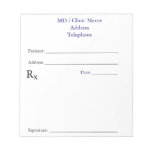
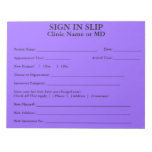
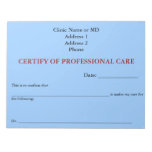
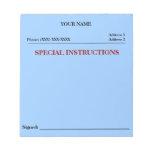
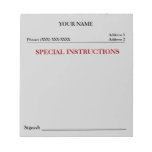

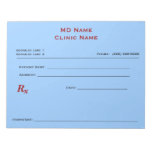
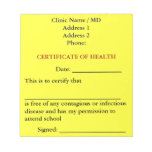

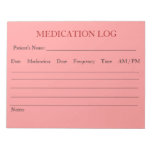

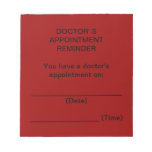
No comments:
Post a Comment